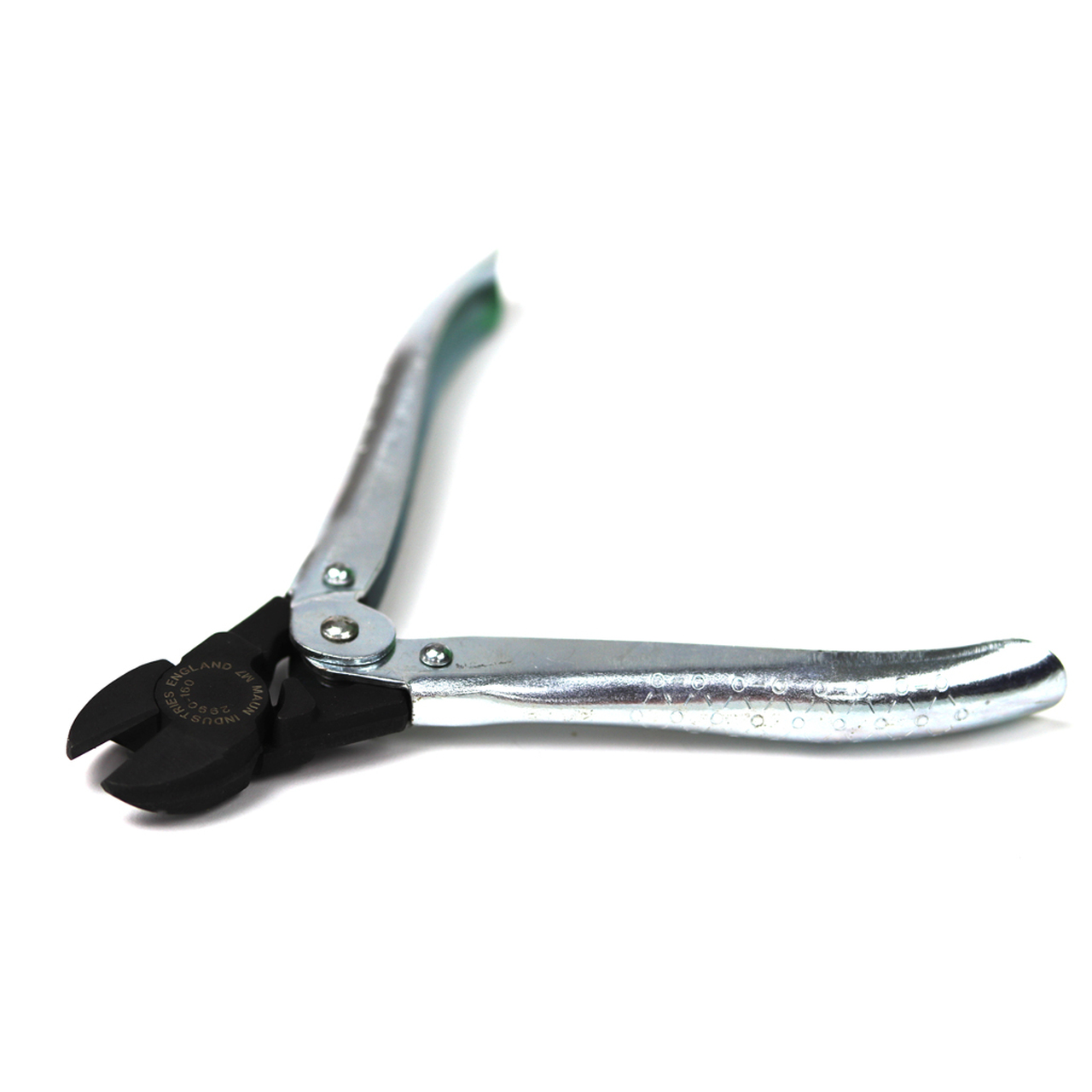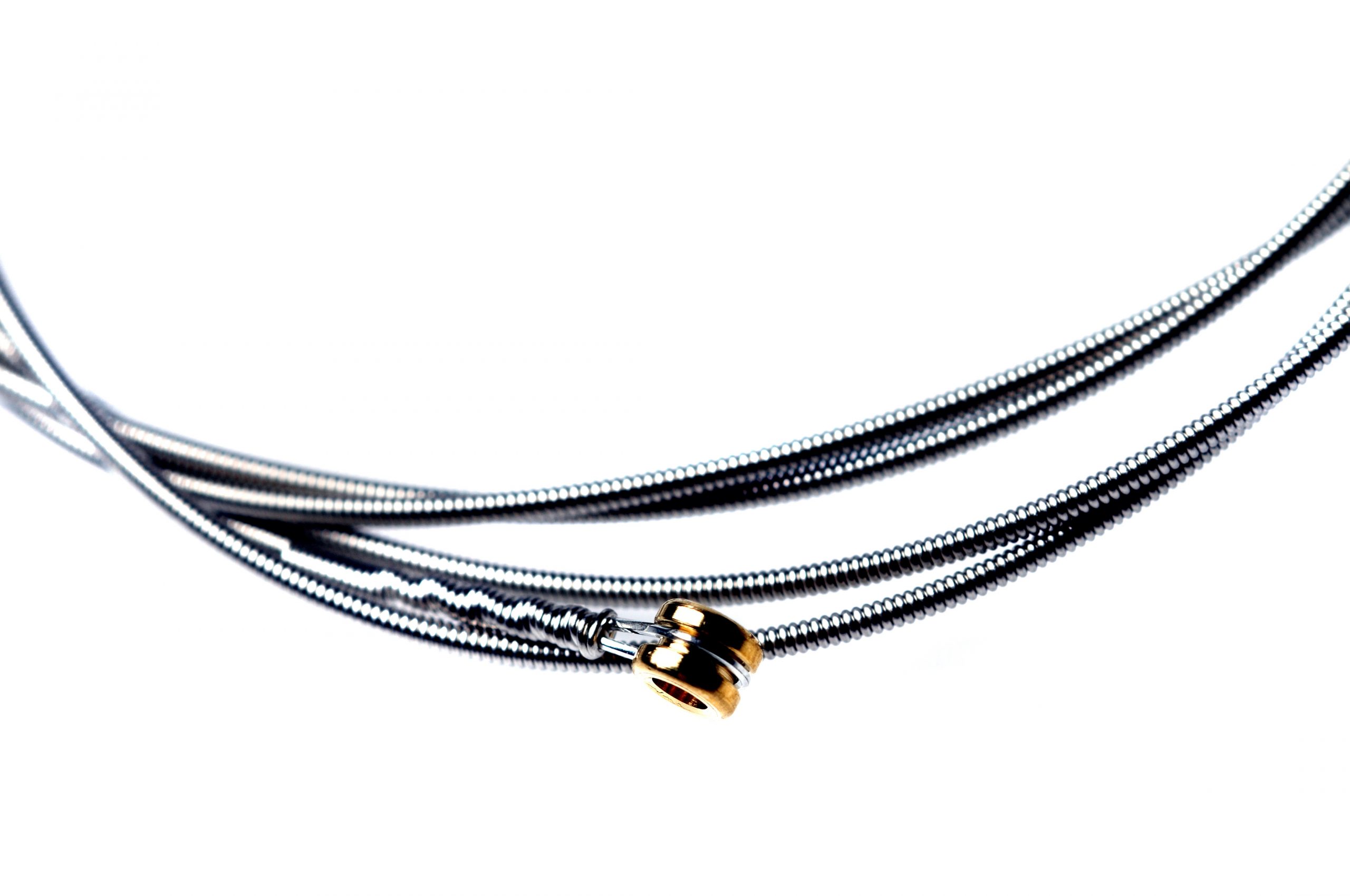It’s essential to have the right tools at hand for home improvement projects or even basic repairs. Whether you plan to hang up a picture, change your locks, or do a bit of electrical wiring, some changes will require specific tools to make the job quicker and easier.
One of the things that’ll require specific tools is cutting a piano wire. Aside from its intended use in the instrument, piano or music wire has other uses, too. It can be used in fishing lures, springs, wire cheese slicers, carving tools, jewelry making, model railroading, creating radio-controlled vehicles, knitting, and creative crafting.
Made from high-carbon steel, these types of wires are flexible and strong, so they won’t snap or break off easily. However, since they’re sturdy, piano wires are also difficult to cut. That’s why it’s important to know the following steps so you can do it correctly and safely to avoid any mishaps.
1. Use A Diagonal Cutting Plier
As mentioned, specific tools will be needed to cut piano wires easily and quickly. For this job, you’ll need a reliable pair of diagonal cutting pliers. Better yet, you might want to look for ones that are made explicitly for music wires; Maun have a plier designed for cutting hard piano wire here.

“Diagonal Cutting Plier from Maun”
Once you’ve got your hands on the diagonal cutting pliers, you’ll want to make sure that you remember the following tips:
- Always point the jaws of the pliers away from you
- Make sure that you have a steady grip on the pliers
- Keep the jaws positioned as parallel as possible
- Use the right size of pliers
- Always clean the pliers after use
- Apply a drop of oil on the joint to avoid rust
- Don’t use these pliers on bolt heads and nuts
For piano wires, you’ll want to ensure that you can cut them with the pliers with just one hand. If it’s difficult, a larger pair of pliers or a more powerful tool might be needed.
2. Make Sure The Wires Are Loosened
Another important reminder, especially if you’re cutting piano wires from the instrument, is to loosen the cables first. But there are other instances wherein music wires are stretched taut. For example, you might be using it for home improvement projects or even hanging heavy pieces of art or plants. As you can imagine, directly cutting stretched-out wire will cause it to recoil and possibly hurt you or someone else.
One way to find out if the piano wire is too tightly stretched out is to check if it vibrates. You could pluck it, and if it vibrates or makes a sound, it’s probably taut and needs to be loosened. Once you’ve done this, you could snap it off easily with the cutting pliers.
3. Be Aware of The Gauge Of The Wire

Piano wires come in different gauges, which means there are different thicknesses or sizes. Depending on the size of the wire, it can have a specific diameter, length, or resistance, which contributes to the sound of the keys they’re for. Commonly, 12 is the smallest piano wire size, and it can go all the way up to the largest size, which is 25.
If you’re cutting smaller sizes, such as 12, you could use regular diagonal cutting pliers because the diameter of these wires is only .029″. But as the sizes increase, you’ll have to look for larger pliers, too. At some point, when you get to size 25 piano wires, you might have to use a cutoff wheel or a die grinder. This is because size 25 piano wires have a diameter of .059′”.
But for most other projects, thicker piano wires won’t be used. Unless you’re planning to restring a piano, you probably won’t be in a situation where you’ll need to cut these types of thicker wires.
4. It’s Best To Wear Gloves And Safety Glasses
As an added precaution, you’ll want to wear safety gear to prevent cuts and all kinds of accidents. Some protective gloves and safety glasses or goggles will do. If you’re worried about wounding your arms and legs, wearing denim will also give you sufficient protection from any cuts from the wires.
Piano wires are extremely dangerous, especially if they’re under high tension, like in a piano. In fact, some piano tuners have reported that it’s still dangerous to cut the wires even if they’ve been loosened. This is because you can never be too sure of the direction they’ll fly toward after you cut them.
So, even if you point the pliers away from you or try to keep your distance, it’s still quite dangerous to cut any type of wire that’s been stretched taut. Wearing protective gear will help protect you during the process whether you are setting up the furniture or an HVAC system.
5. Don’t Try To Cut It With Just Any Tool

Remember, tools are used for specific things, so make sure that you use them for their intended purpose. It’s dangerous to try to cut piano wire with anything other than a diagonal plier cutter, a cutoff wheel, or a die grinder.
If you don’t have any of these tools, don’t try to use scissors, knives, or a box cutter at home. You might have other things in your toolbox, like all kinds of saws. Don’t attempt to use a saw to cut the piano wires because it’s also dangerous. And, you might still have to stretch the wire taut for the saw to cut it, which is a big no-no.
Conclusion
Wire cutters are essential tools to have at home, especially for repairs and remodeling. But for tougher cables like music wires, it’s important to use diagonal cutting pliers, especially ones made for cutting piano wires. This way, you can ensure that you don’t have to struggle to try to snap it off. Since it’s dangerous, piano wire needs to be slacked or loosened to reduce the possibility of it flying about after you cut it. You also want to make sure you’re using protective gear and using the pliers correctly to avoid any untoward incidents.

